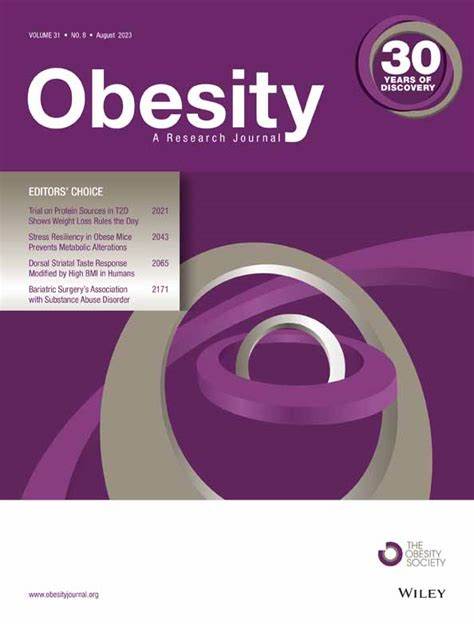The objective was to evaluate the longitudinal patterns of central and general obesity, identify their genetic and behavioral risk determinants, and investigate the association of distinct obesity trajectories beyond middle age with subsequent cognitive decline and the risk of developing dementia in late life.
Using a nationally representative, longitudinal, community-based cohort, we examined trajectory patterns of obesity over a 14-year span beyond middle age employing latent mixture modeling. We then evaluated their relationship with subsequent cognitive decline through linear mixed models and with the risk of developing dementia using Cox models, adjusting for confounding variables.
Among the 4751 eligible participants (mean age, 58.7 [SD 8.1] years; 57% female), our analysis identified five distinct BMI trajectories and four WC trajectories spanning a 14-year period. In comparison with individuals in the low-stable BMI group, characterized by a consistent and healthy body weight (range, 22.8–22.9 kg/m2), those in the high-stable group, maintaining a stable obesity status (range, 34.3–35.4 kg/m2), exhibited an elevated risk of developing dementia (odds ratio [OR], 1.43; 95% CI: 1.02 to 2.00) and experienced a more accelerated cognitive decline over 6 years (difference in 6-year decline, −0.11 SD [95% CI: −0.18 to −0.03]). Similarly, when compared with participants in the low-stable WC group, indicating a stable and healthy WC (range, 76–79 cm), those in the high-increasing WC group, showing an increasing trend (range, 115–122 cm), demonstrated an increased risk of developing dementia (OR, 1.57, 95% CI: 1.01 to 2.49) and experienced a swifter cognitive decline (OR: −0.18 [95% CI: −0.28 to −0.07]).
General and central obesity trajectories beyond midlife with persistently high or increasing patterns were significantly associated with an increased risk of developing cognitive decline and dementia in late life. Longitudinal obesity patterns may assist in precise identification of older adults at risk of developing cognitive impairment for targeted intervention.


